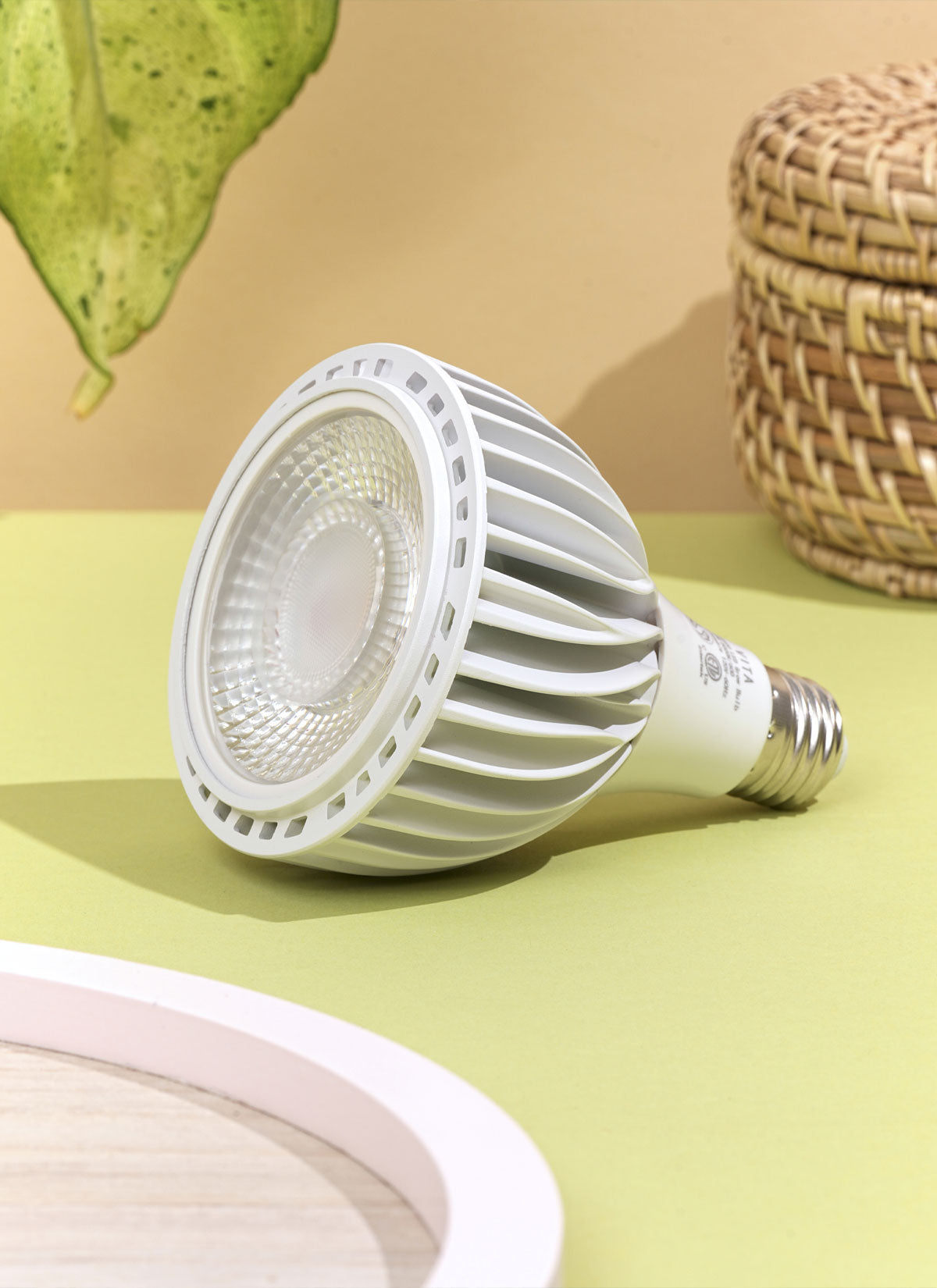Preferred Humidity: 40 - 50%; Moderate Humidity
Peperomia is a type of watermelon that is native to the tropical parts of South America. It does best in a moist environment. Use a humidifier to add moisture to the air, especially during the dry winter months, to make the air feel like this. You can also put a tray of water near the plant. As the water evaporates, it will create a humid area around the plant. Another option is to put your Watermelon Peperomia with other plants. When plants evaporate unused water, they make the air around them more humid. But make sure to give each plant enough space so they don't get too close to each other. You can also keep humidity levels up by misting your plant. Mist the leaves and stems with water at room temperature in the morning. The droplets of water can look like the dew that forms in this plant's natural environment. Make sure not to mist too much, because too much water can cause mold or other problems. Lastly, it's important to keep the soil evenly wet, but not so wet that it can't drain. Root rot can happen if you water your plant too much, which is bad for its health. When the top inch of the soil is dry to the touch, water your Watermelon Peperomia.




















